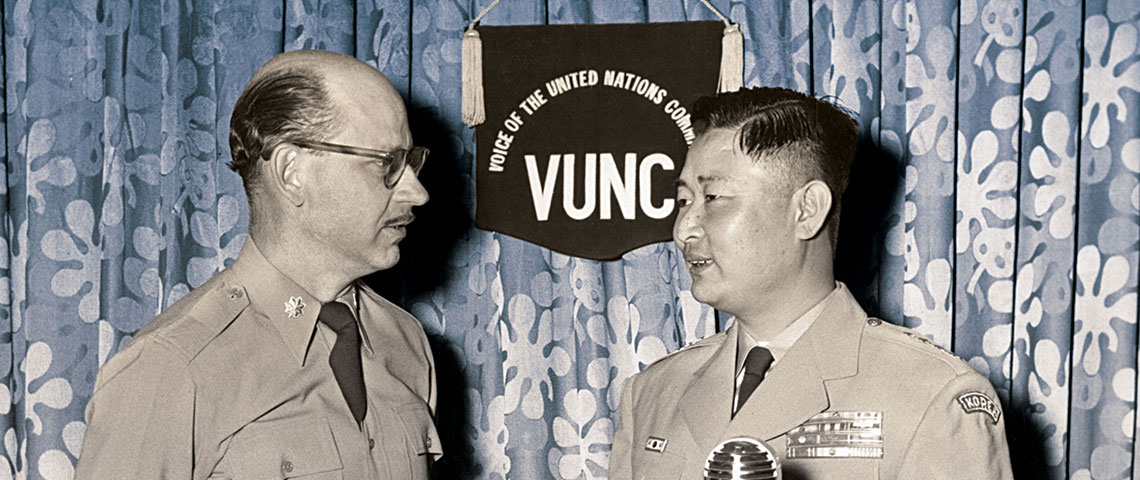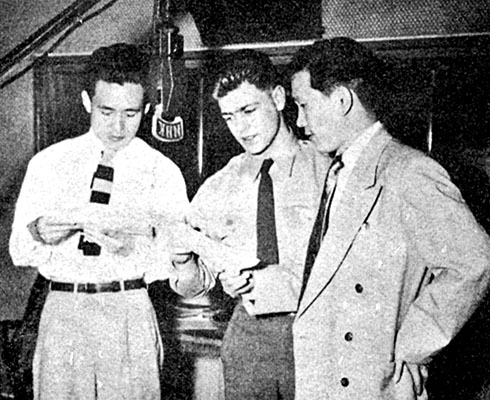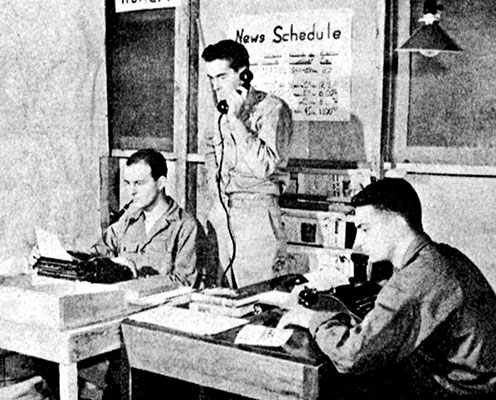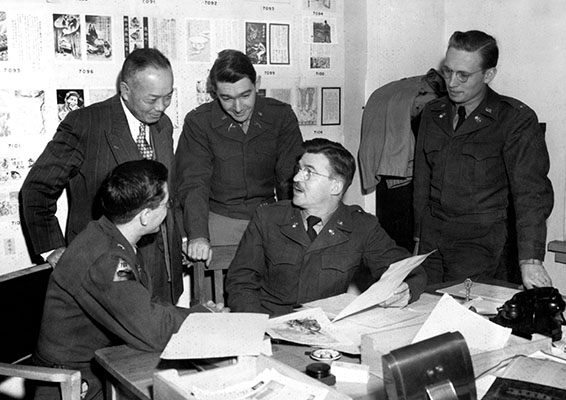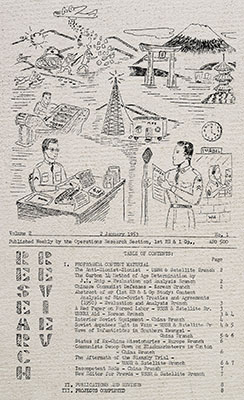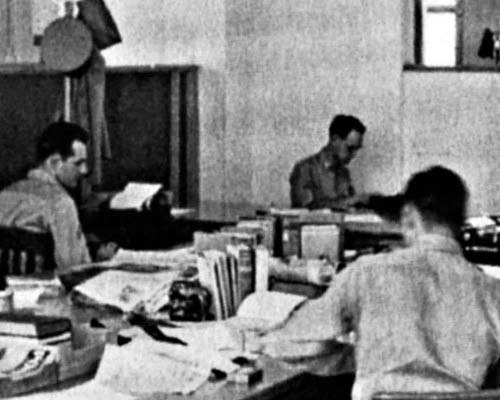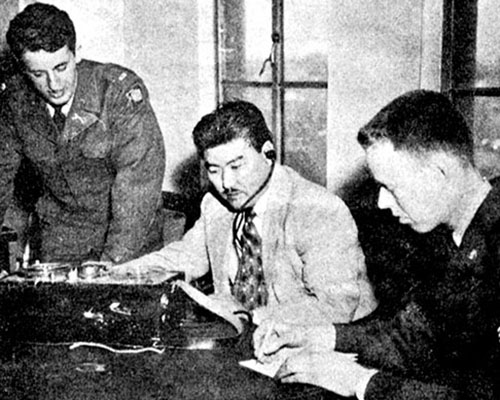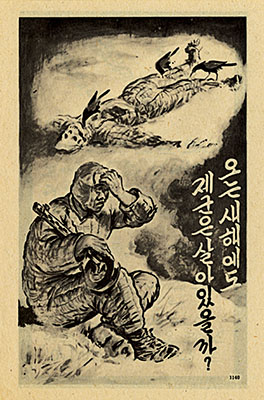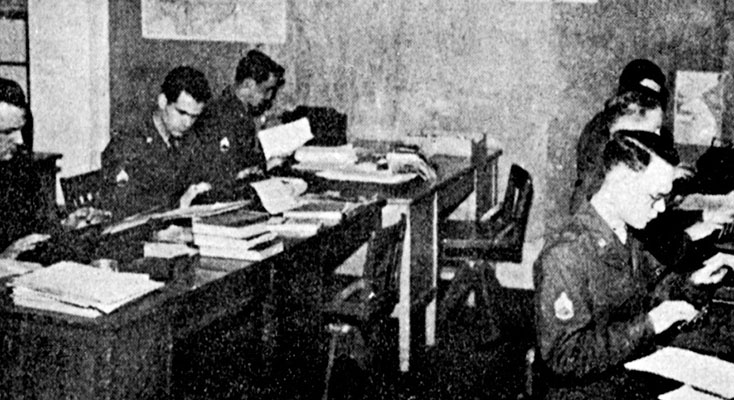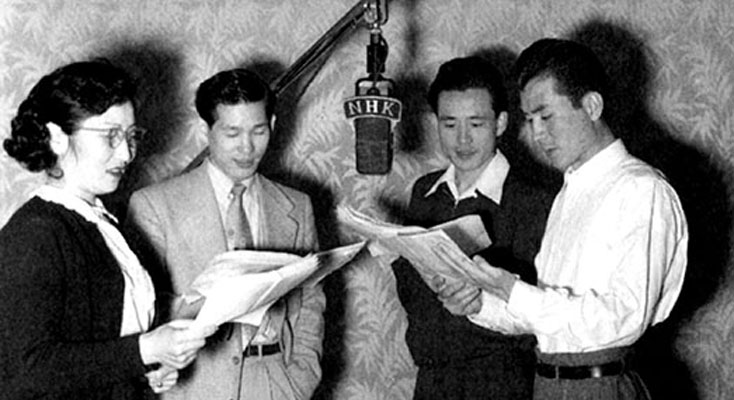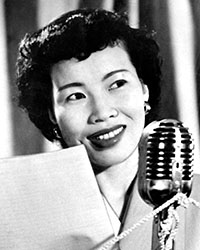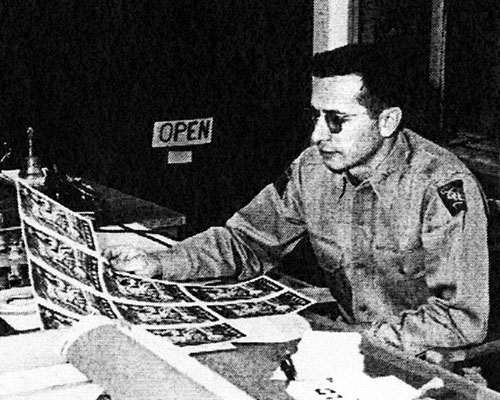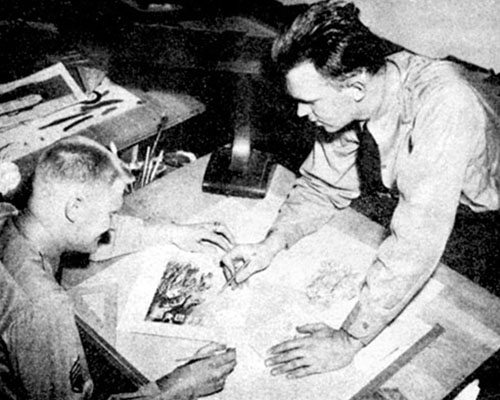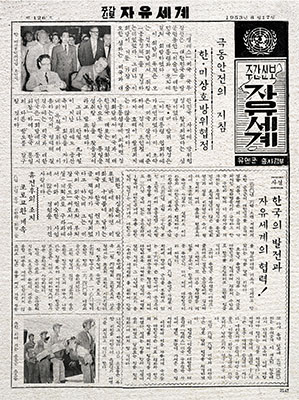DOWNLOAD
Lieutenant Colonel (LTC) Homer E. Shields and the 1st Radio Broadcasting & Leaflet Group (1st RB&L) main body had scarcely gotten their “land legs” back in early August 1951 when Far East Command (FECOM) adjusted their Psywar mission priorities. Since 25 June 1950 Colonel (COL) E. Woodall Greene and his small Psywar staff in the G-2 (Intelligence) had been working nonstop to fulfill Korean War and western Pacific requirements. The 1st RB&L advance echelon (ADVON) that arrived by air in mid-July had dealt with their most pressing missions—UN coverage of Armistice negotiation talks at Kaesong and finding a work place for the 3rd Reproduction (Repro) Company. More challenges awaited, but command guidance from COL Greene was needed.
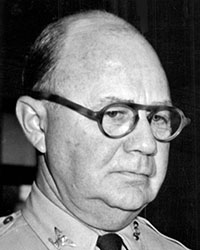
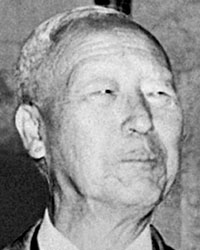
The G-2 Psywar Division chief made Radio Tokyo the top priority for the 1st RB&L. Within that mission was responsibility for the Voice of the UN Command (VUNC) because broadcasting originated from Radio Tokyo studios. With preliminary negotiations underway to arrange an Armistice, Second Lieutenant (2LT) William F. Brown, II, the UN psywarrior at Kaesong, was the first line of defense against Communist disinformation and propaganda. His daily reports, credited as “a voice close to General (Matthew B.) Ridgway,” became the official UN statement on the daily negotiations.1 The second priority assigned was to restore Korean Broadcasting System (KBS) radio stations to full operation. President Syngman Rhee had his “government in exile” in Pusan because Seoul had fallen twice to the Communists; first, the North Koreans and then the Red Chinese. In early March 1951, the South Korean capital was still dominated by the Communists. Because the Radio Seoul station was in enemy hands, Radio Pusan (HKLA) with American oversight, became the official “Voice of the Republic of Korea.”
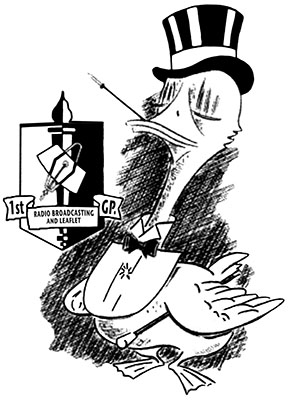
LTC Shields and his staff functionally realigned the group headquarters, redistributing subordinate unit talent to address FECOM priorities. They did this while the Psywar soldiers settled into billets, got oriented, became acquainted with staff procedures, created work areas, and learned their duties. To provide relief to the FECOM G-2 Psywar staff, 1st RB&L had to become productive as soon as possible. This article explains how 1st RB&L “Ganders” adjusted to theater Psywar priorities and their new working environments. Articles from the weekly unit newspaper, The Proper Gander, contemporary news stories, veteran interviews, U.S. Army field manuals (FMs), official documents, and the 1st RB&L “yearbooks” for 1952 and 2002 provided information.
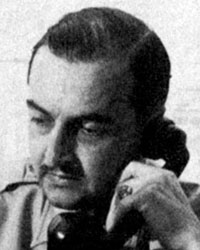
According to FECOM Psywar priorities, radio broadcast production was to be done by the Group and its 4th Mobile Radio Broadcasting Company. Development of Psywar theme-related leaflets would be done by the 1st RB&L. The campaign proposals and individual leaflet designs were approved by G-2 Psywar and printed en masse by the 3rd Repro for air or artillery delivery. The Group S-3 split media production into Radio and Leaflet Sections. Signal Corps Captain (CPT) Edward C. Janicik, the S-3, supervised WWII veteran Armor First Lieutenant (1LT) Elwin D. Hatfield, Leaflet Officer, and Anzio veteran Infantry CPT Robert A. Leadley, the 4th MRBC commander, who was dual-hatted as Radio Officer. Pressure to field the 1st RB&L, get officers trained in Psywar, and deploy the unit overseas left little time to practice collective tasks and solidify staff assignments. Fortunately, a good number of 1st RB&L lieutenants and captains were WWII veterans with commercial radio, television, advertising, and press experience. They understood that shifting priorities meant some internal reorganization to accomplish missions.2 It was a different story with the enlisted personnel.
